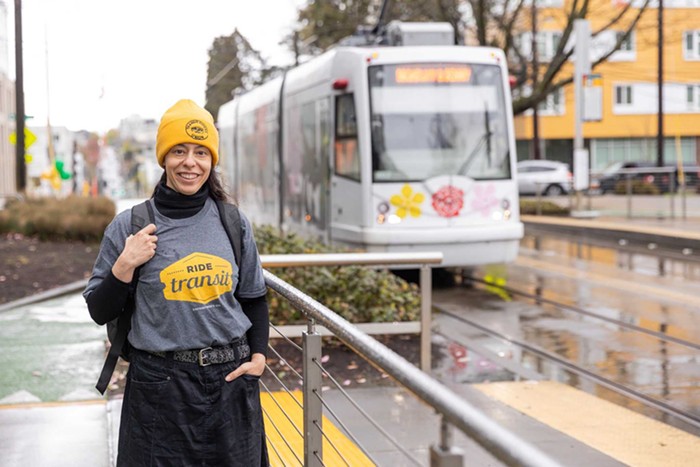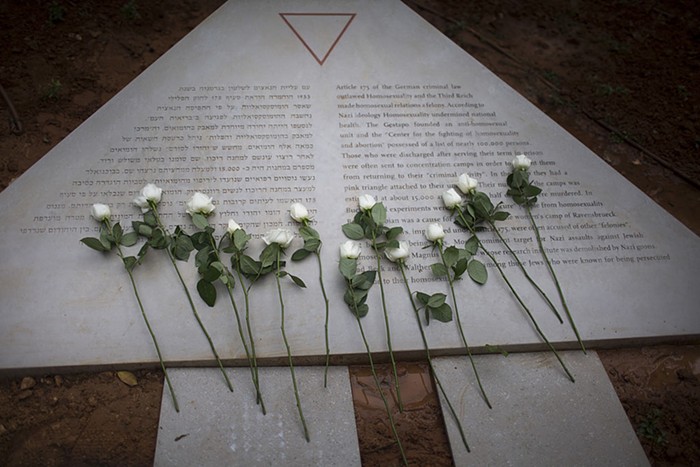The Seattle City Council, defying expectations that it would put at least two, and as many as four, viaduct-replacement options on the November ballot, appears to be leaning against asking the citizens to vote at all. Instead, the council seems likely to choose its own preferred replacement option, eliminating any direct citizen participation in the process. "The governor and legislature did give the city council the responsibility to make a decision," council Transportation Committee Chair Jan Drago says. However, she adds, "They also gave us the choice of how to make it." Rather than punting the question to voters, several council members say they would like to study the various replacement options and make the decision for themselves.
For the past few weeks, the council has been holding a series of meetings to learn more about the various viaduct-replacement options. (On the table: a $4.5 billion tunnel, supported by Mayor Greg Nickels; a $3.1 billion elevated replacement; and the surface/transit and retrofit options, neither of which currently has a price tag, although surface-option proponents estimate their alternative will cost around $800 million.) Last year, the council chose Nickels's cut-and-cover tunnel as its "preferred" alternative; however, the more information about other alternatives, particularly the "surface/transit" alternative, has come to light, the more open council members have been to the idea of considering other options.
Transportation Committee Member Tom Rasmussen, who leans toward the tunnel option but likes the surface alternative as a backup, says he's "very open to" a direct council vote on the viaduct. "I think people elect us to make decisions, including on controversial and tough issues, and people get frustrated with the tough issues getting punted to voters" by the council. Transportation Committee Vice Chair Peter Steinbrueck says there are "too many unresolved issues" surrounding the options and too little "information for voters to make an informed decision. There needs to be a legitimate study of the surface/transit alternative."
That alternative, which would reduce capacity on Alaskan Way and replace it by funding additional transit and routing traffic through the downtown street grid, appears to be gaining some political momentum as a possible "default" alternative if the city and state fail to come up with the $2 billion in additional funds they will need to finish the tunnel. "There's an interesting possibility where you wind up with the city in conflict with the state on the alternatives and you end up taking the viaduct down and just living with it," Council Member Richard Conlin says.
Last week, at a crowded lunchtime presentation in council chambers, surface/transit supporters John Norquist and Scott Bernstein, heads of the Congress for the New Urbanism and the Center for Neighborhood Technology, respectively, argued that surface streets work just as well at carrying rush-hour traffic volumes as grade-separated highways like the viaduct. Nationally, "in every single case where traffic capacity was reduced... the traffic redistributed and people adapted," Bernstein said.
"People have brains," Norquist added. "Their cars might not have brains, but people do, and they change their behavior in order to deal with traffic challenges. These boulevards handle lots of traffic... because they intersect with the grid. You can get off and go the direction you want to go."
Council members seem to have found such arguments persuasive; at the very least, they seem increasingly open to the idea that reducing capacity on the waterfront might not result in catastrophic gridlock, as WSDOT claims. (WSDOT's analysis of the surface alternative squeezes traffic into a two-lane Battery Street Tunnel, creating an artificial bottleneck that does not exist in its analysis of the tunnel and aerial alternatives.) Already, the state plans to shut down the viaduct partially or completely for at least three years. Steinbrueck asks rhetorically: "If they can come up with a traffic management plan that's not going to result in gridlock" during construction, "why wouldn't we consider that as a longer-term plan?"
Populist Council President Nick Licata, who holds out hope of putting the viaduct issue on the ballot ("It would be insane" not to, Licata says), says most of the tunnel supporters on the council do "seem to support a surface option as a backup." (Licata supports either the rebuild or the retrofit.) "I suspect that they would pass some kind of resolution saying 'we support a tunnel, and if the tunnel can't be built we support a surface boulevard.'"
The council had expected to take a vote on the viaduct before its summer recess; however, with so many alternatives in play, "we probably won't make a decision until after Labor Day," Drago says. The council has until September 18 to decide whether to put the viaduct on the November ballot.
barnett@thestranger.com

















